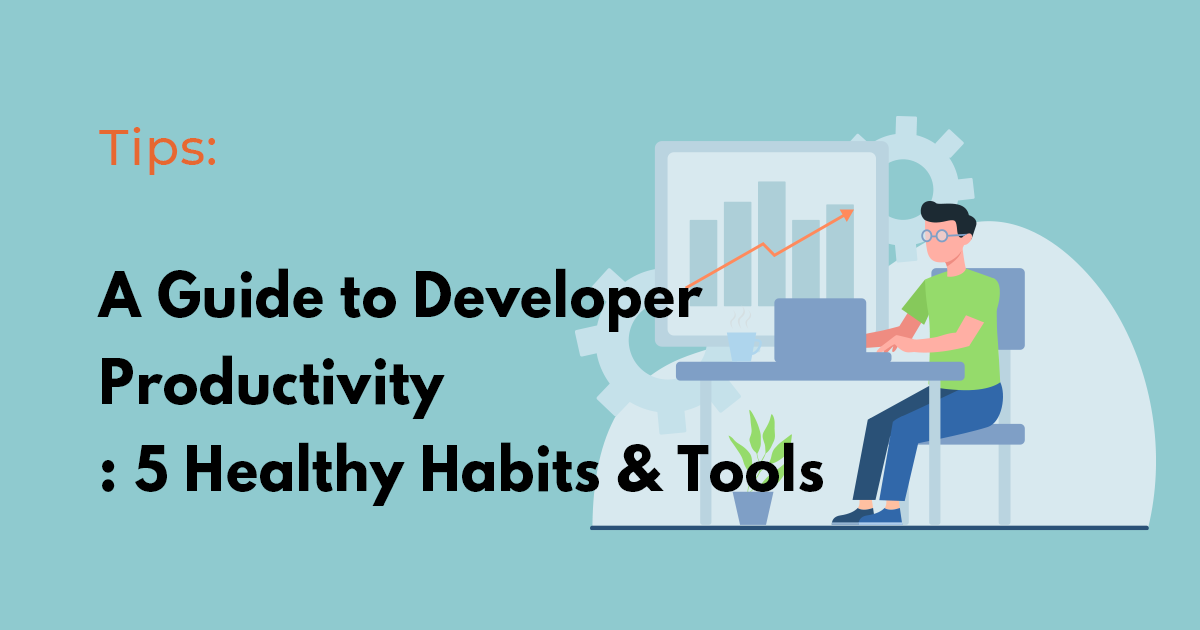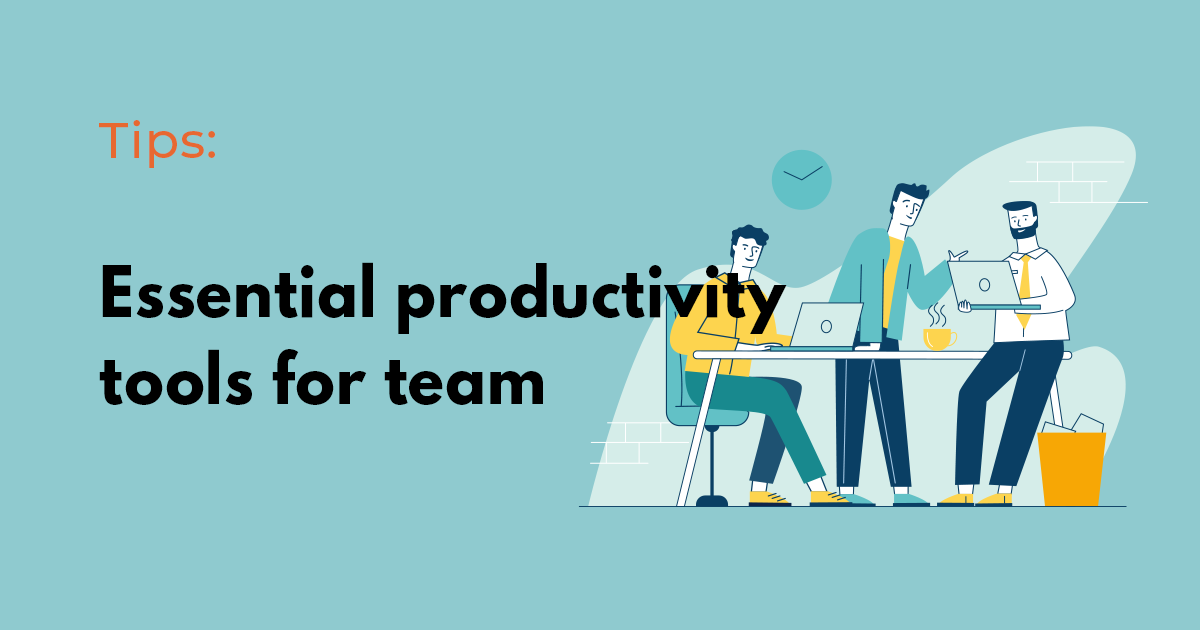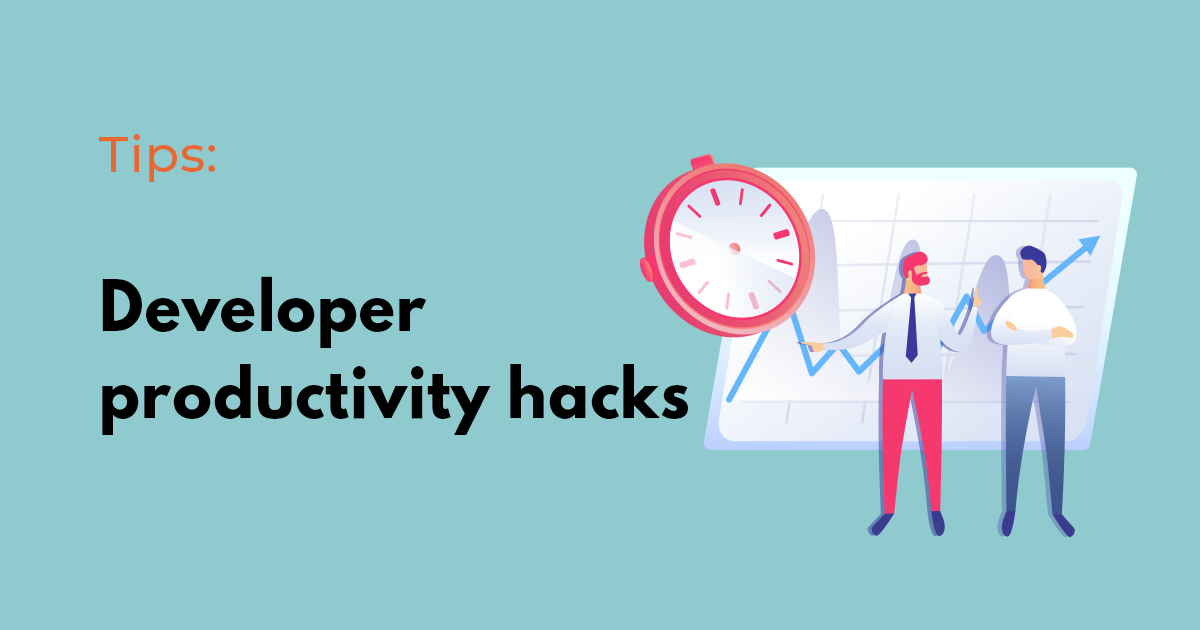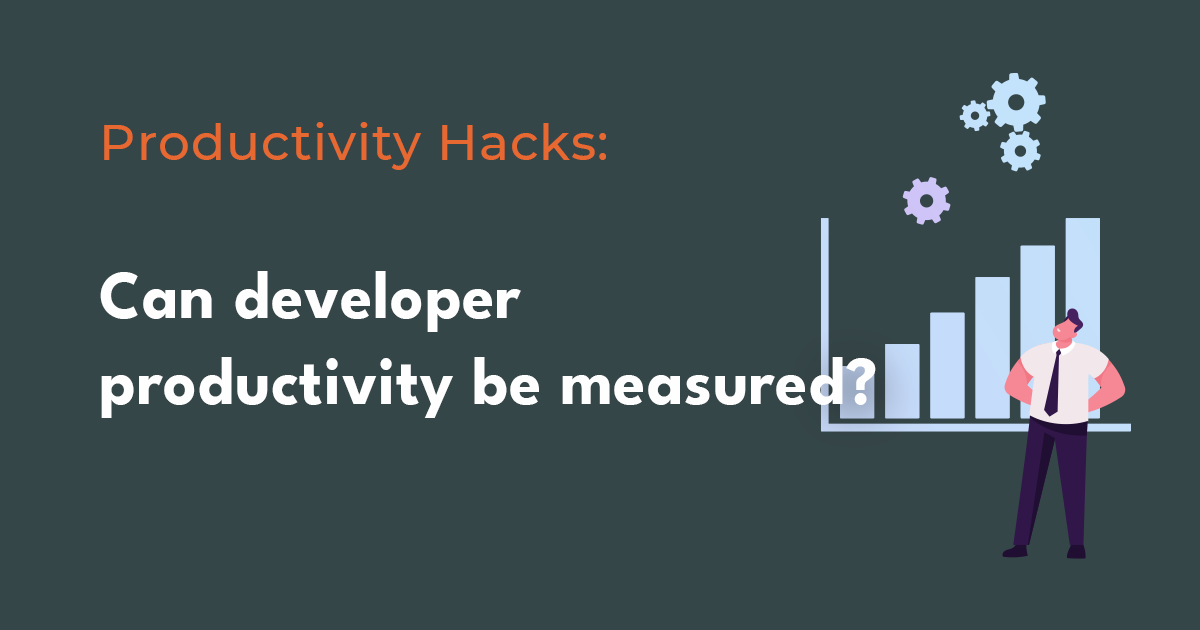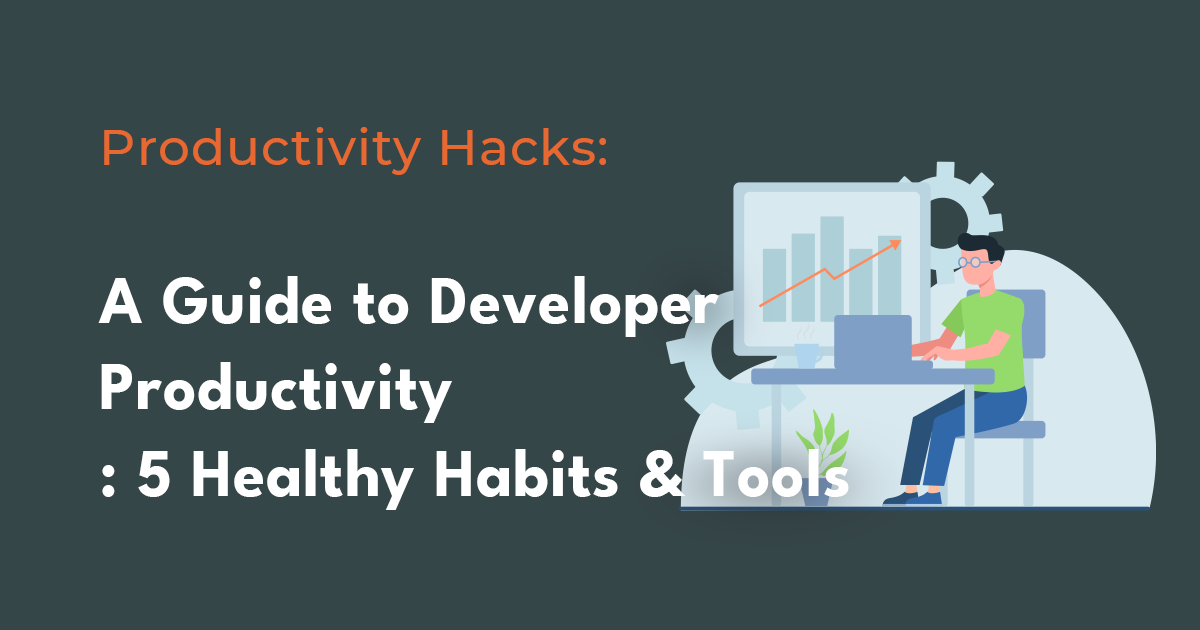What is developer productivity?
Developer productivity is quite simple. It’s about how a developer can efficiently develop in a limited amount of time. This can also be based on the team’s production level at a given time for a project. Such a matter comes to importance when an organization or team wishes to track progress, determine resources, develop benchmarks, or simply grant the developer the highest productivity.
But it has always been difficult for many companies, teams, or managers to decide on which metric to use for productivity measurement.
Why is it hard to measure development productivity?
When measuring productivity in an organization, it cannot be easy regarding the number of metrics that must be considered. For example, the productivity of an individual and a team may seem similar or even regarded as the same matter. However, an individual’s high productivity doesn’t necessarily mean a team’s productivity or a team’s great production doesn’t necessarily equal every individual’s impressive productivity.
Therefore, before checking the work efficiency of a team or an individual, a prior measure is rather agreeing on a definition of productivity, and setting an aim on why productivity measurement is required must be started first. Some might say productivity is making the most out of the limited time. It might be how many commits were made in a matter of weeks or the number of fixed bugs. Anything and everything can be the metrics for productivity. Therefore, it’s important to learn why we need this and how we’re going to define it.
How should we measure it?
1. Setting a goal
Before starting any productivity measurement, we must ask ourselves. “Why do we need this?” Before everyone in the team can understand and agree with why such measurement is required, it’s not recommended to go on further. It’s also important to remind ourselves that productivity doesn’t necessarily equal performance.
2. Finding the right metric
When driving, the shortest time isn’t always the answer to finding the best route. The shortest route might be in the middle of a dangerous road with a cliff that can risk your life. Finding the best driving route or productivity is an optimized route, never the shortest or fastest. Therefore, only one metric can’t be the Northstar for everything. Considering various measures to achieve your goal is rather important.
What are some examples of productivity measurement?
Progress time
Although tracking time may seem toxic, this doesn't necessarily mean tracking the working time by the last minute. This is only to track where our time is the most spent when working and check if the time distribution is productive enough. Often, it’s easy to be swept away into certain projects and ignore the original plans. By tracking where most time is exhausted, finding a different approach to make workflow efficient can be another way to enhance productivity. For example, FUNCTION12, a design-to-code automation tool for front-end developers helps produce codes with a Figma link. By introducing such tools, development productivity can be increased drastically without changing any workflow in the development team.
Completed tasks
Measuring productivity on the number of completed tasks may not be the most desirable approach. However, with the consideration of each task’s complexity, the number of completed tasks can be a measure to assess or enhance productivity. For example, completing 10 complex tasks last week and 50 common tasks this week can’t be compared since the difficulty of the tasks is different. However, by comparing the completed tasks with a similar level of complexity and considering how much time is usually spent on each project, you or the team can plan out how to distribute the tasks throughout the week to work with the most productivity.
Conclusion
Striving to work efficiently and produce better is what every developer wishes to improve. However, it’s important to understand and separate the difference between productivity and performance. Someone may assess and evaluate our performance based on how many hours were spent on a project. But productivity should be for ourselves. Not to work more, but rather, to work better.
Related Posts
